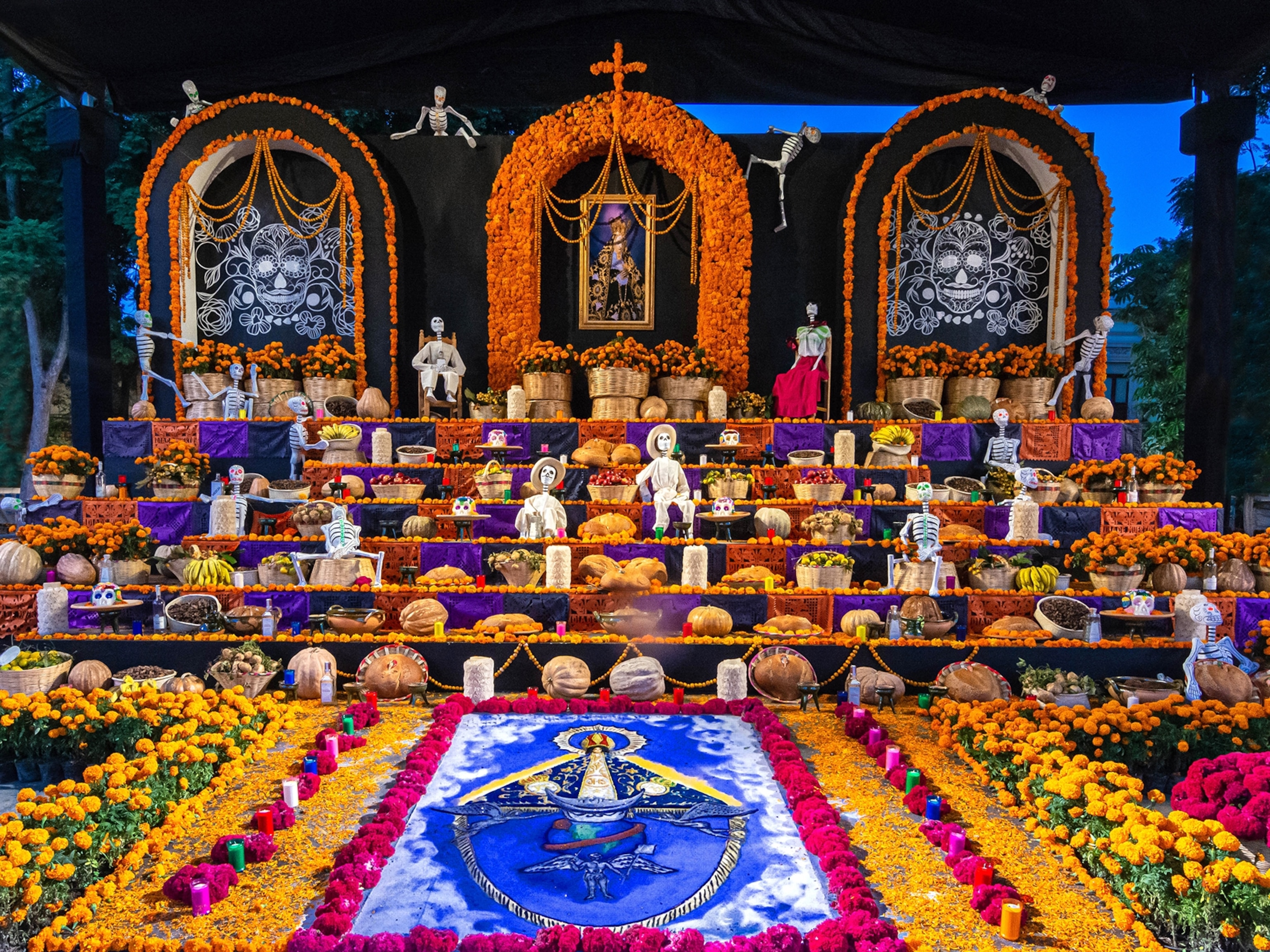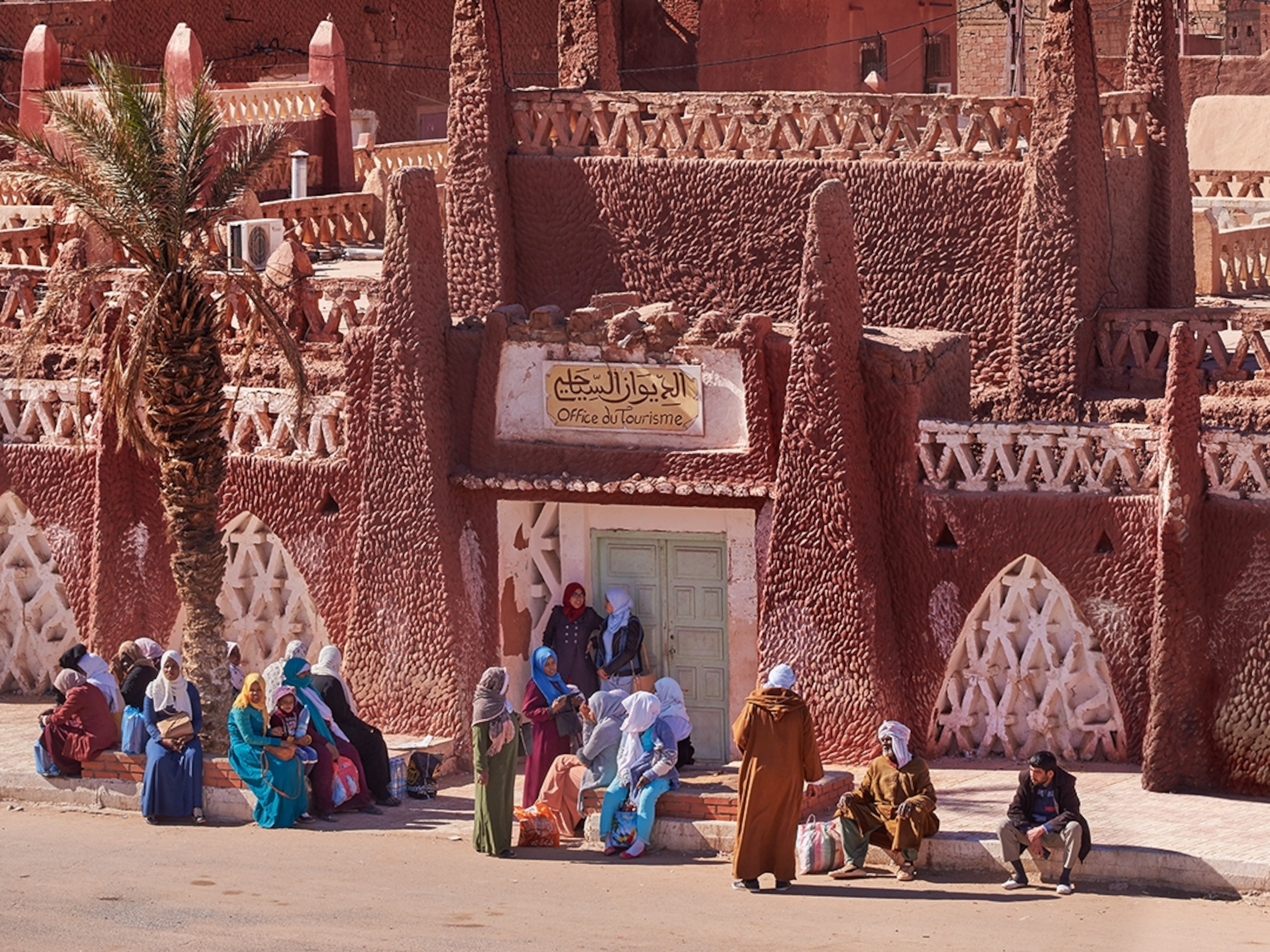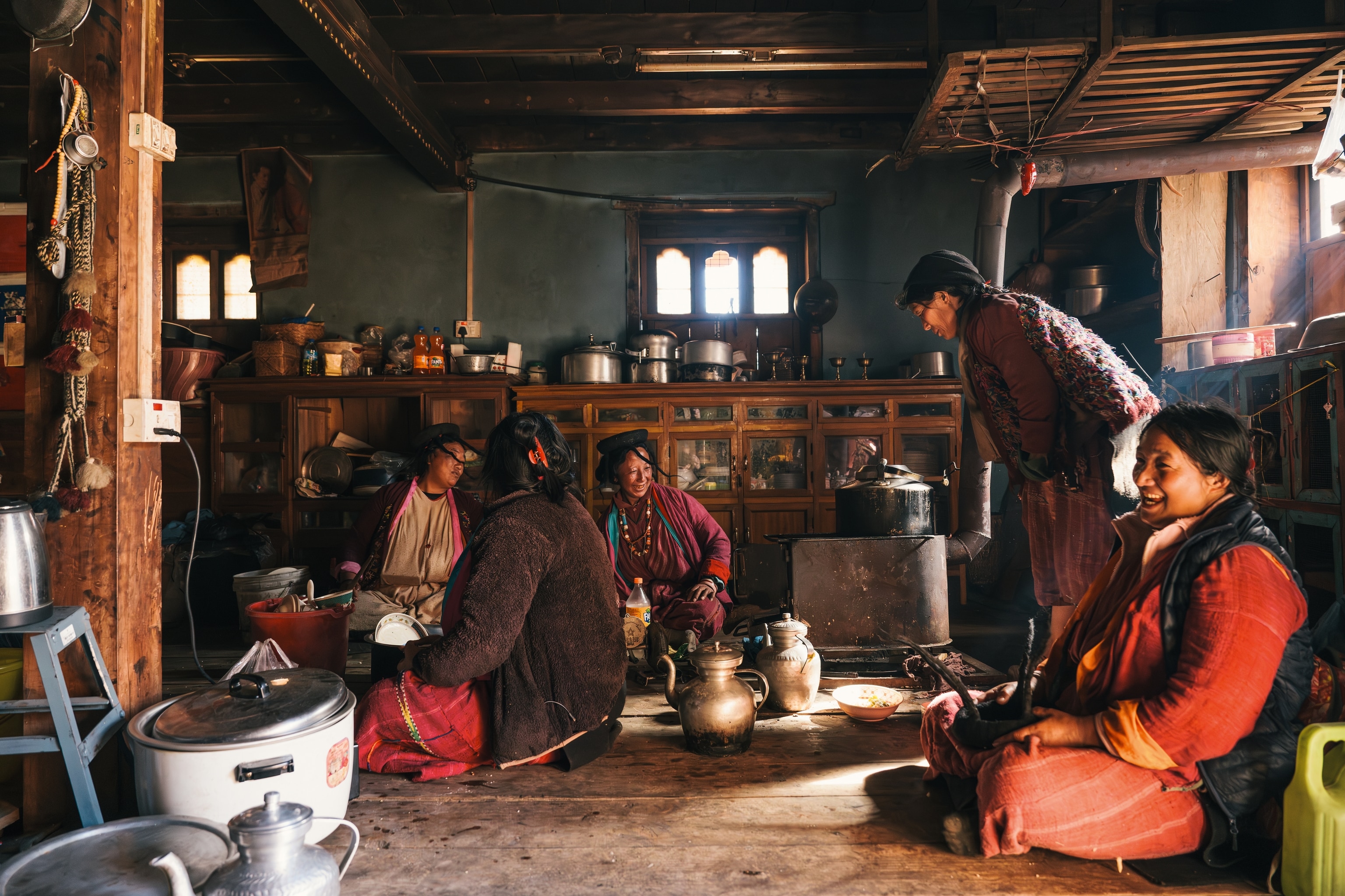
A photo journey into the remote communities of eastern Bhutan
This less travelled corner of the small Himalayan nation reveals soaring mountains, imposing monastic fortresses, and diverse cultures.
Photograph by Matt Dutile
Story and photographs byMatt Dutile
March 21, 2024
This article was produced by National Geographic Traveller (UK).
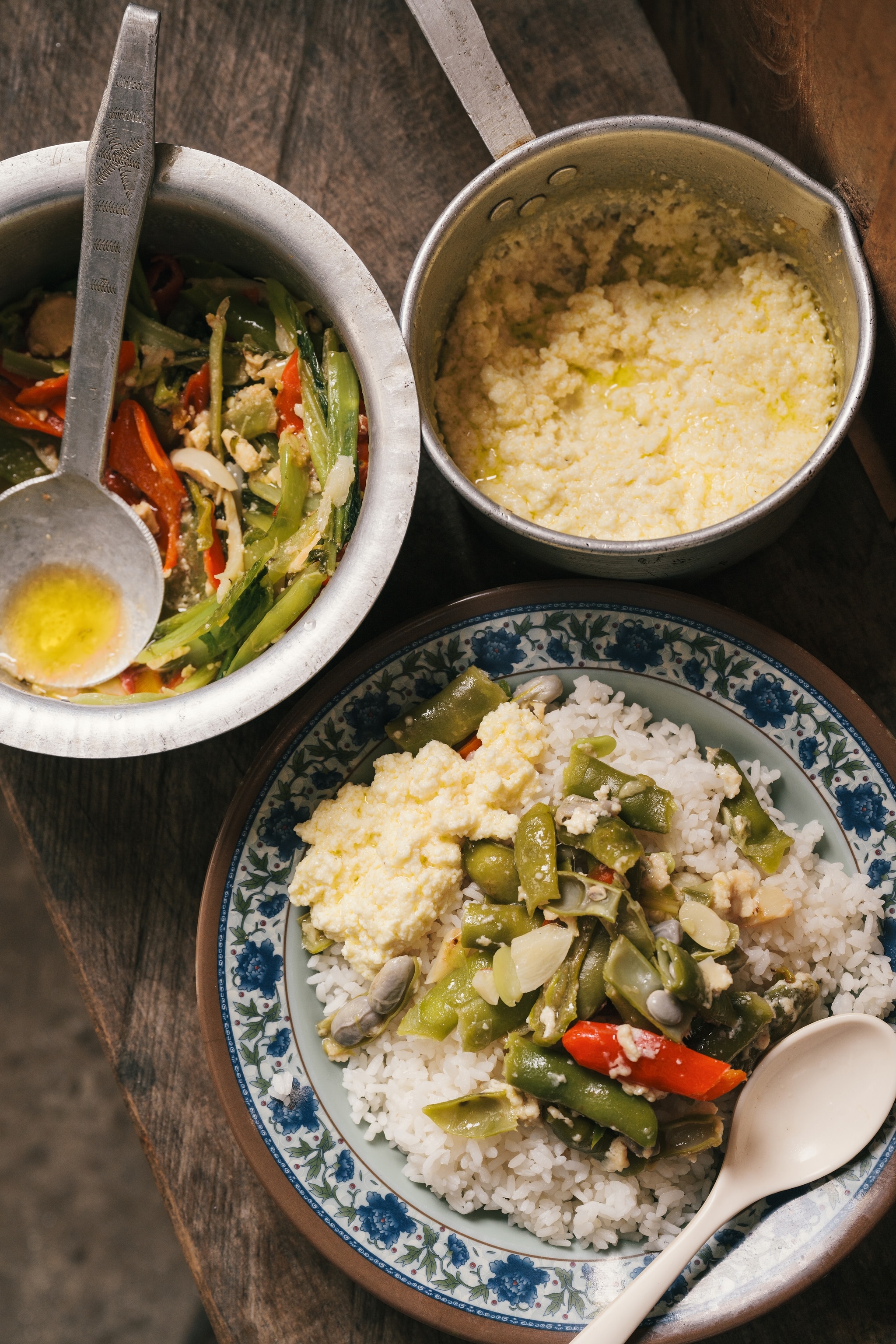
Photograph by Matt Dutile
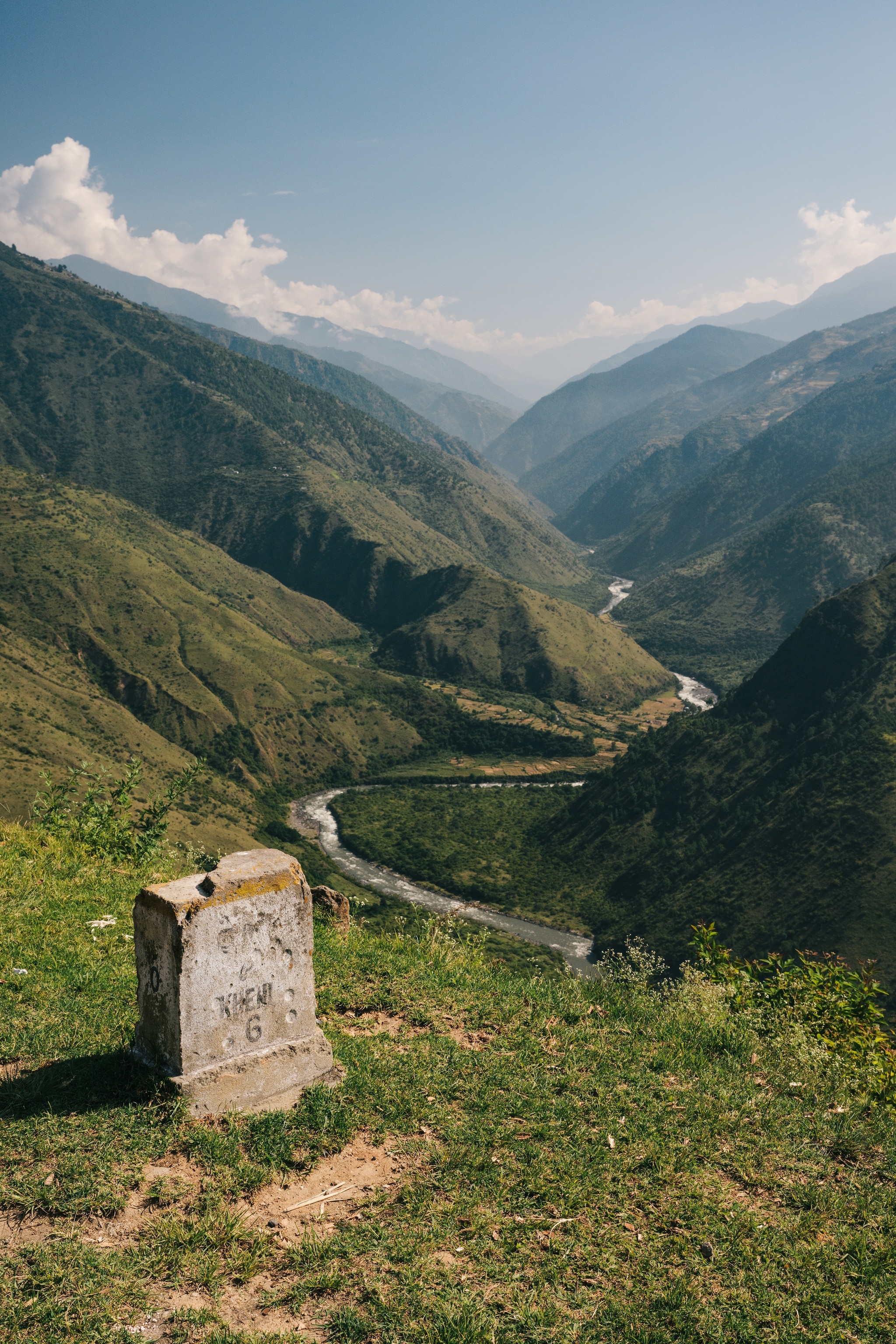
Photograph by Matt Dutile

Photograph by Matt Dutile
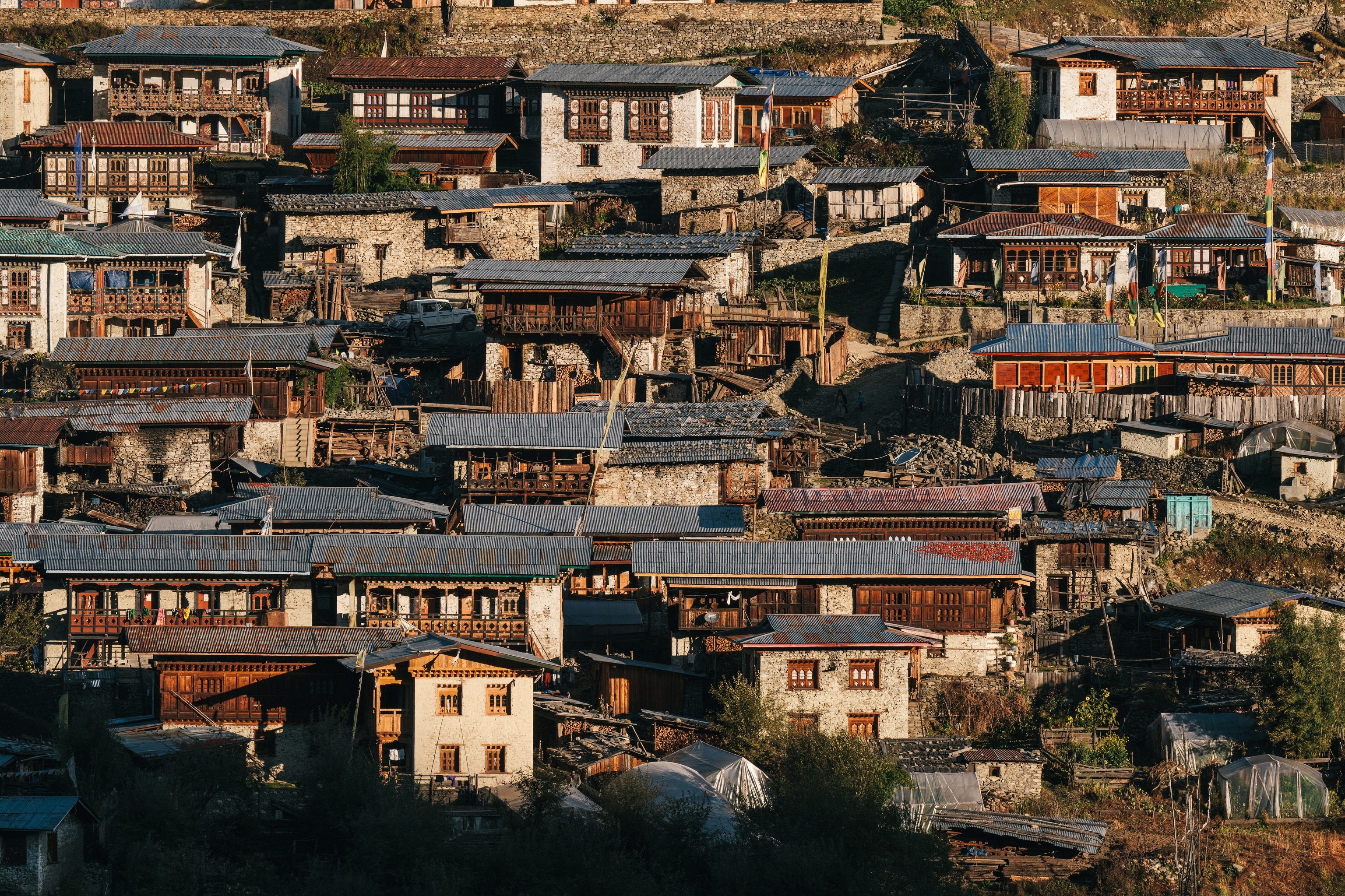
Photograph by Matt Dutile
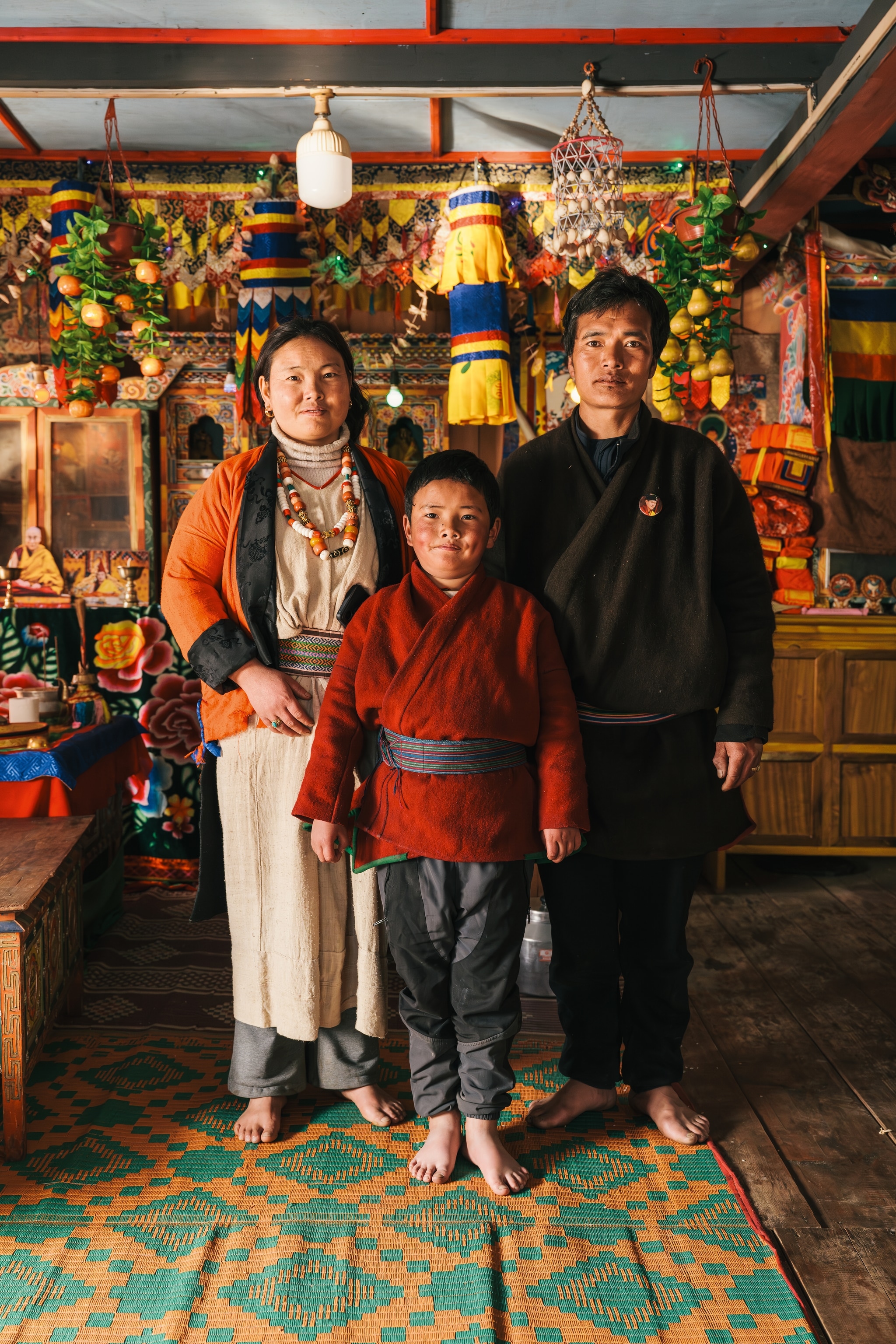
Photograph by Matt Dutile

Photograph by Matt Dutile
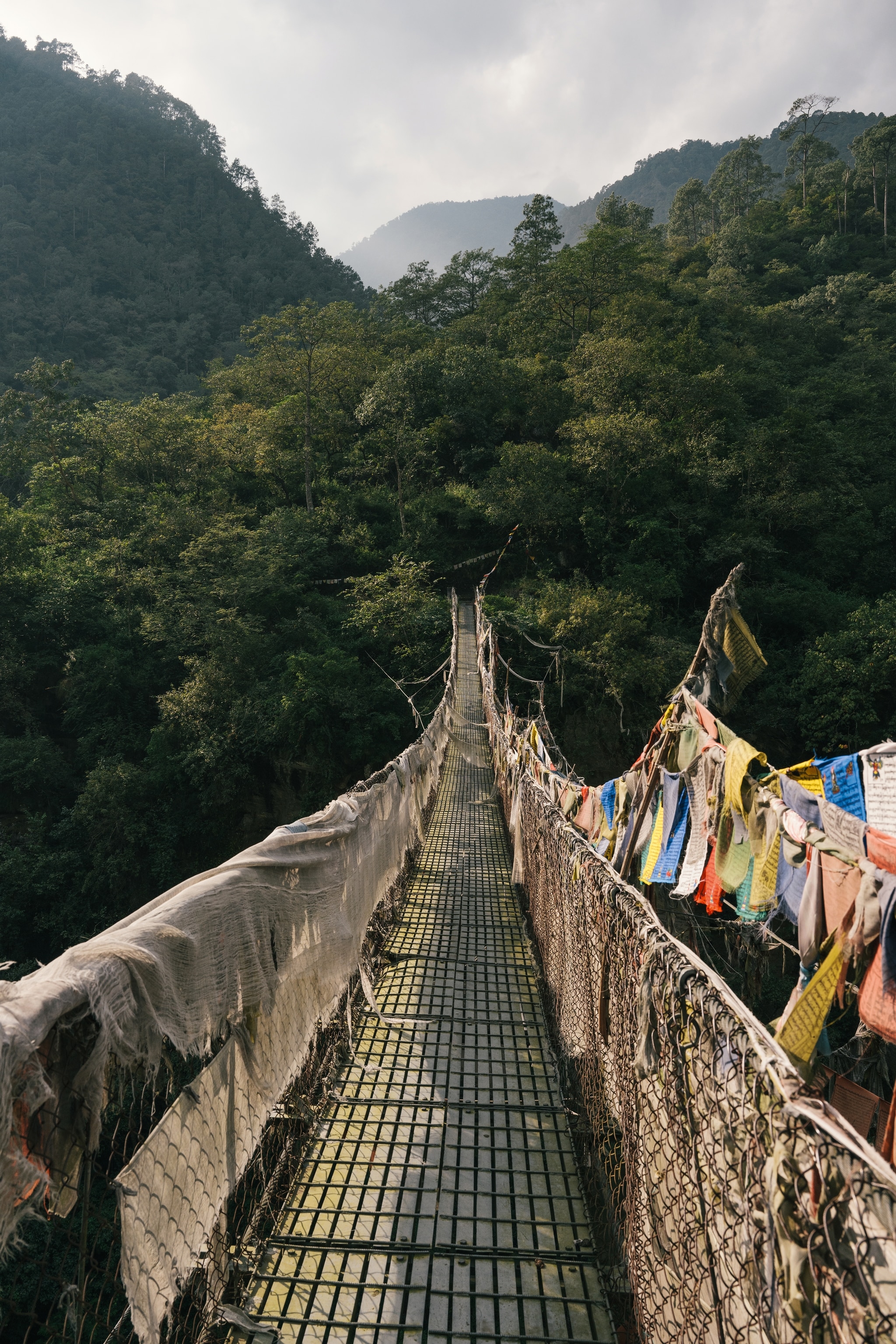
Photograph by Matt Dutile
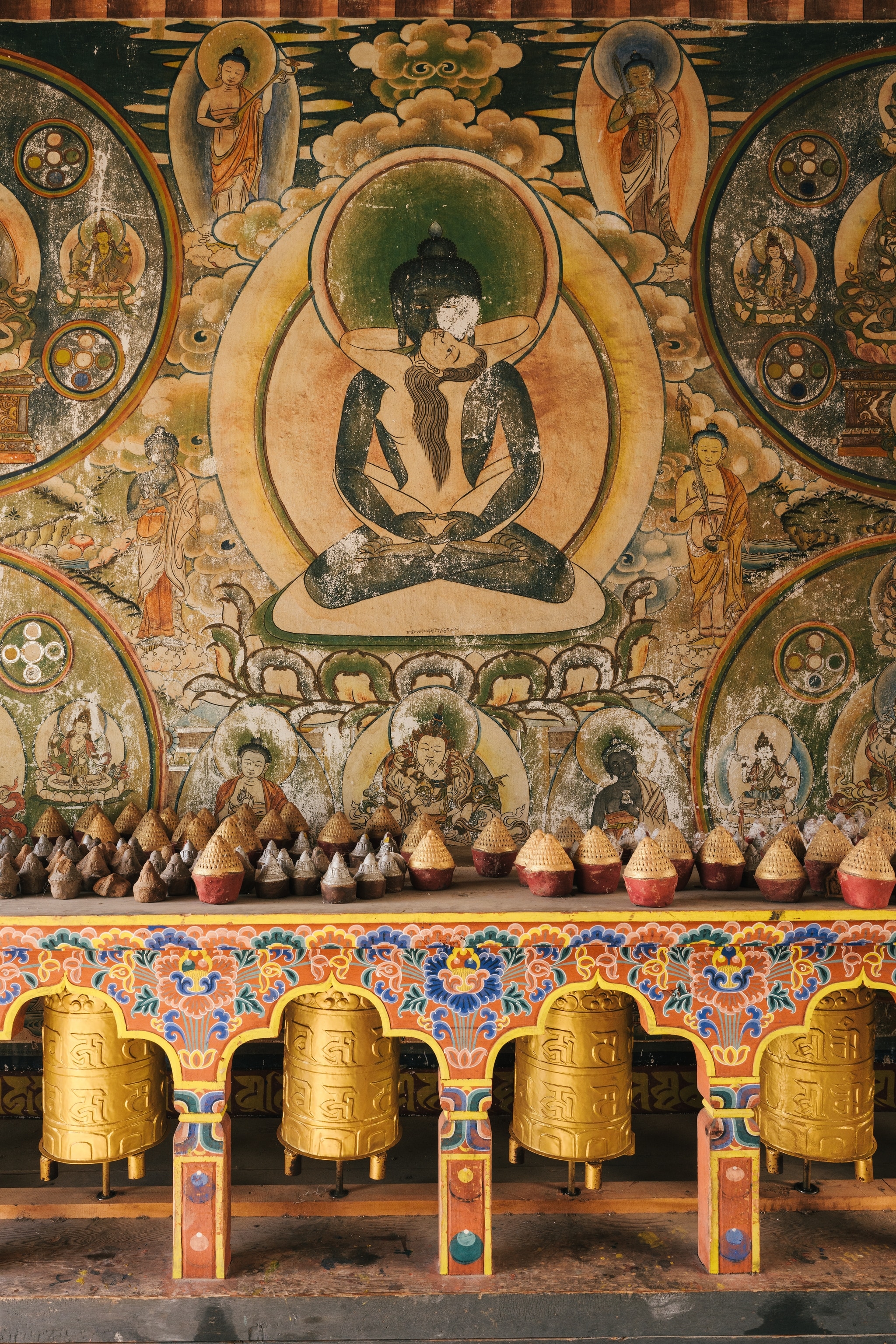
Photograph by Matt Dutile
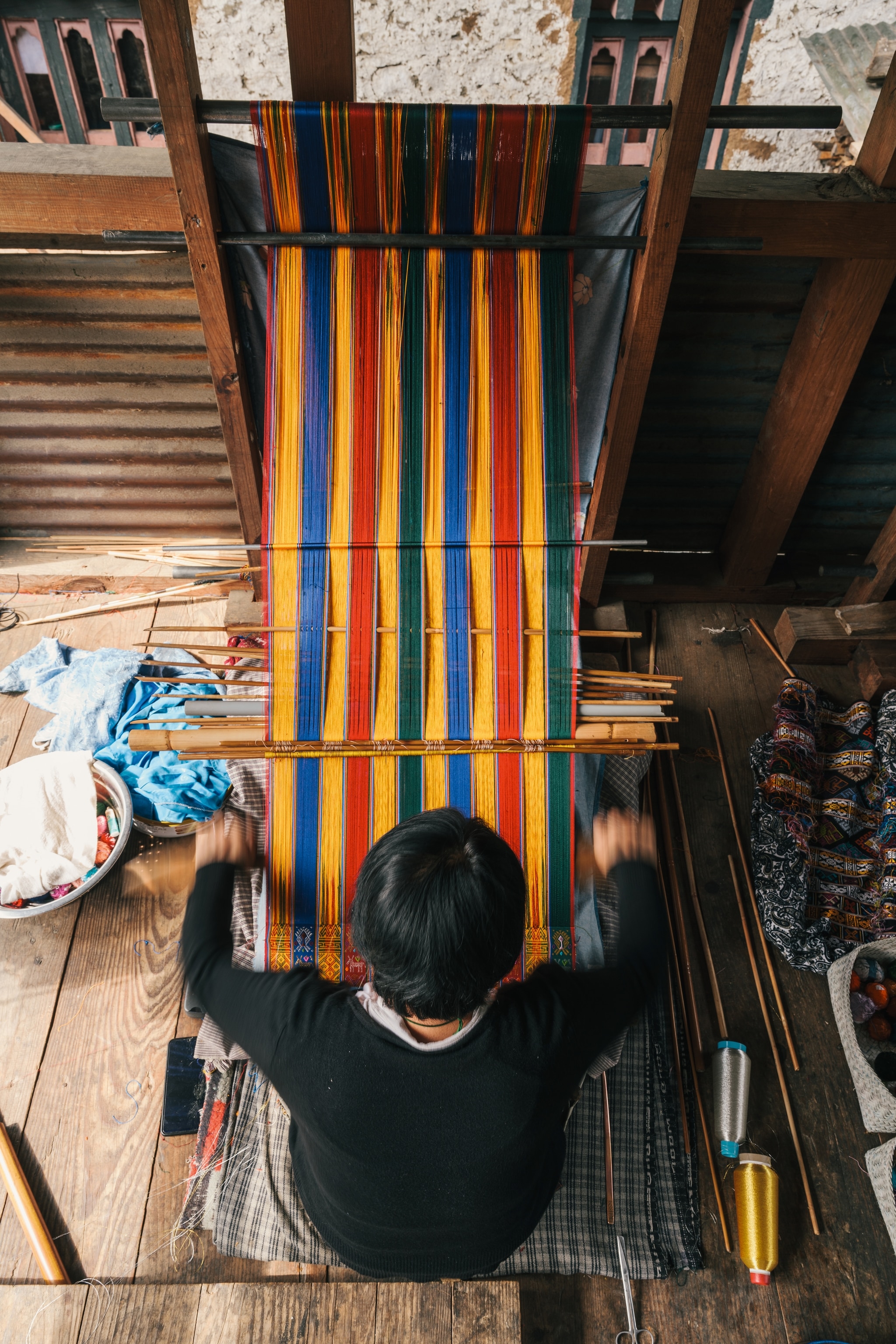
Photograph by Matt Dutile
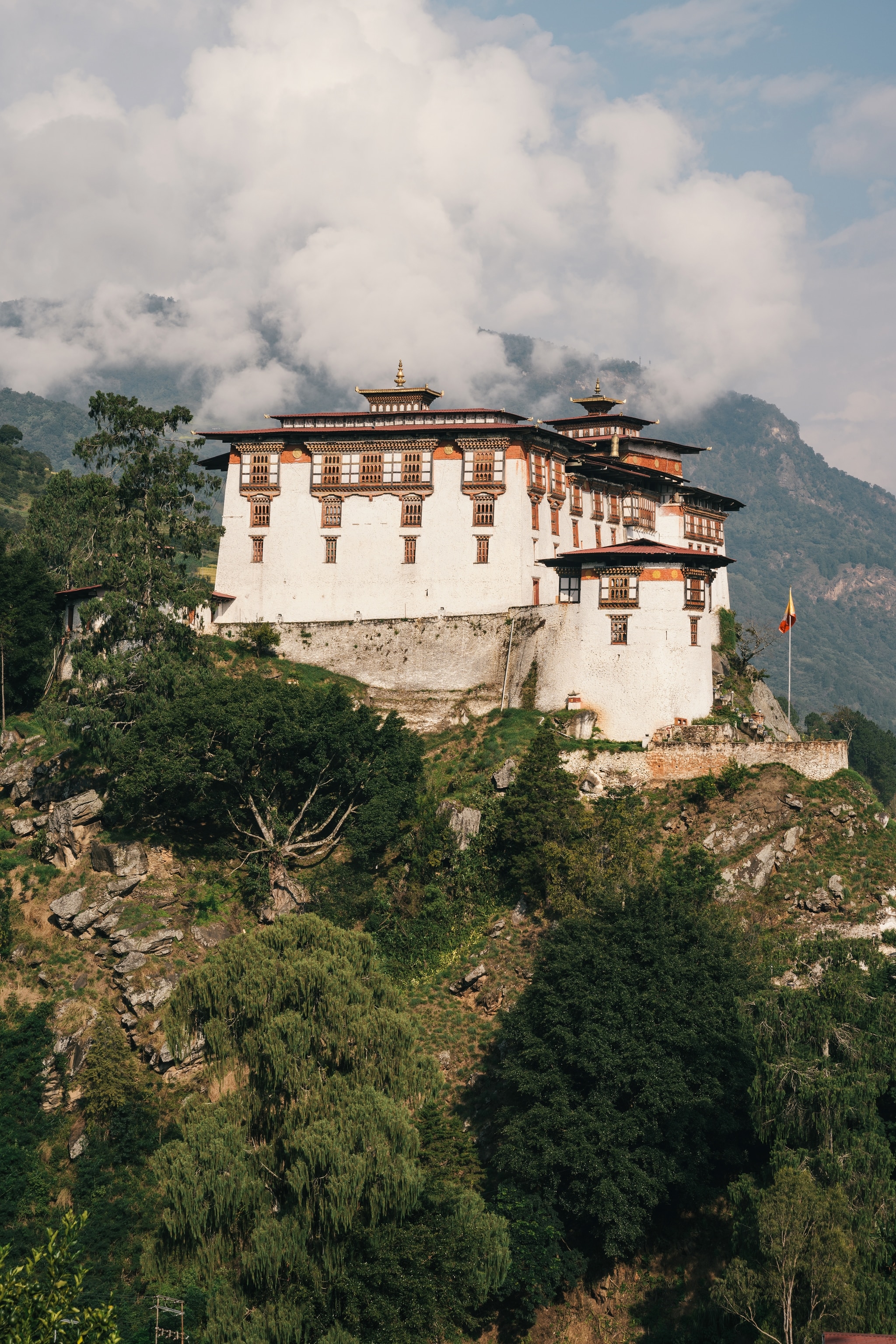
Photograph by Matt Dutile
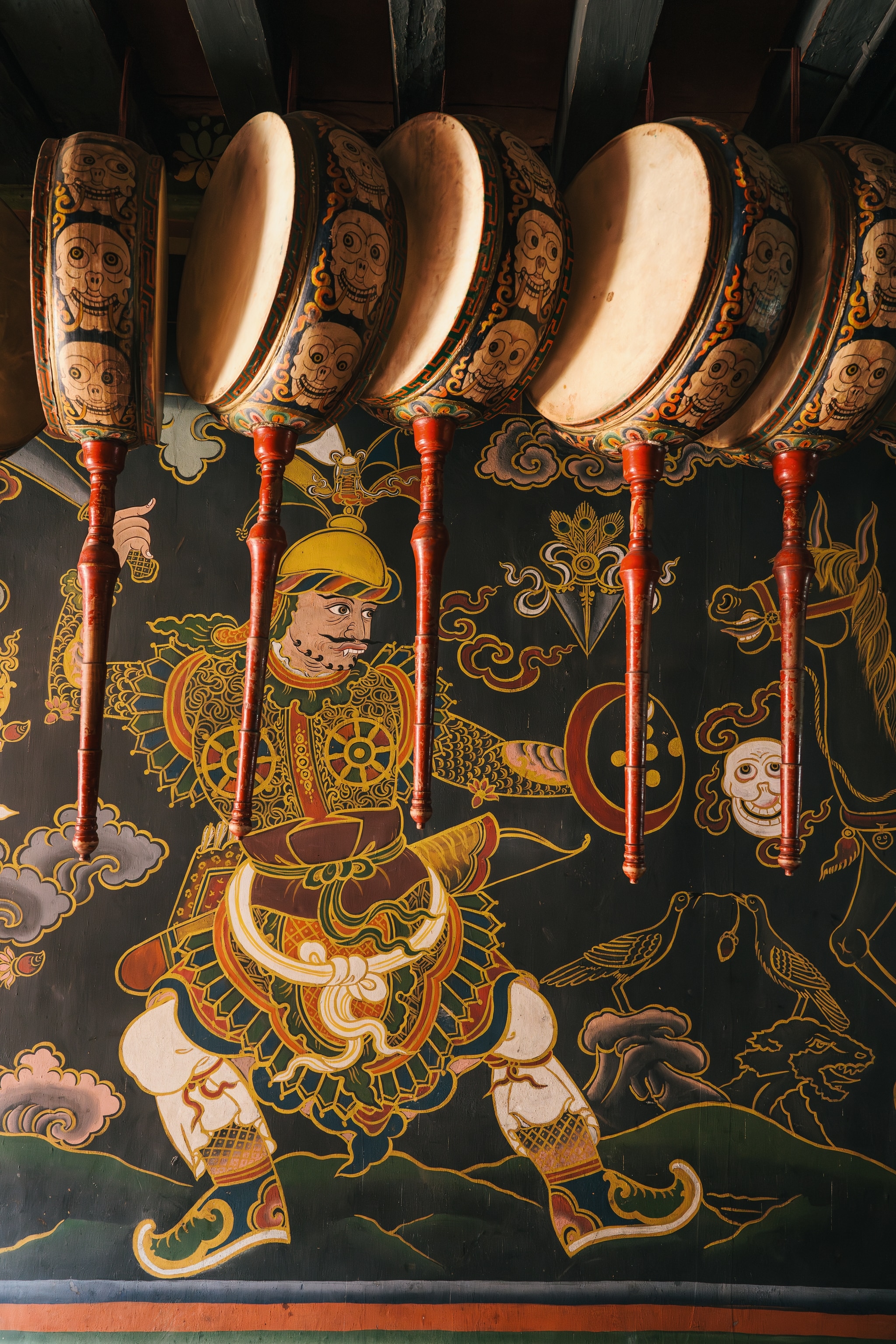
Photograph by Matt Dutile
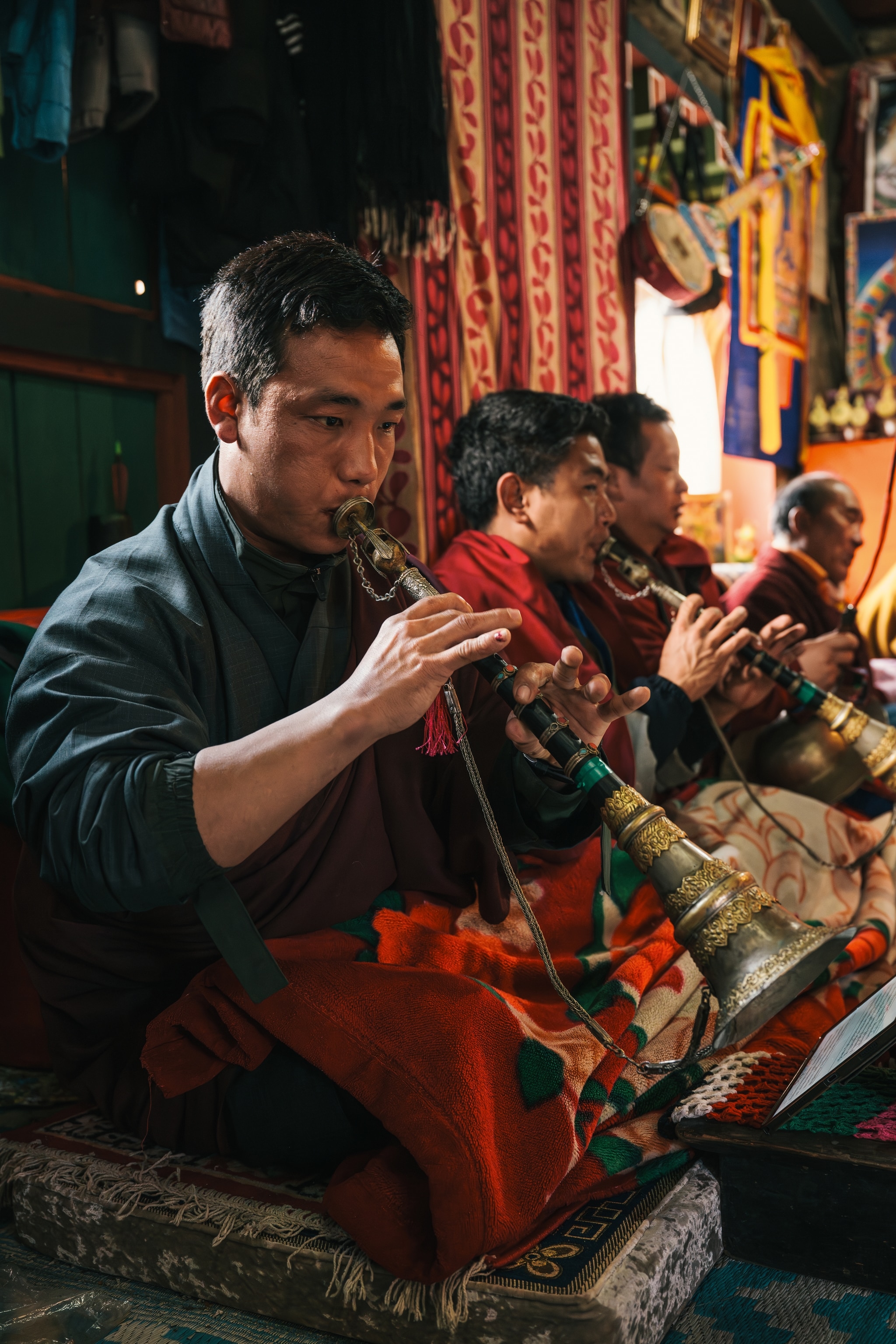
Photograph by Matt Dutile
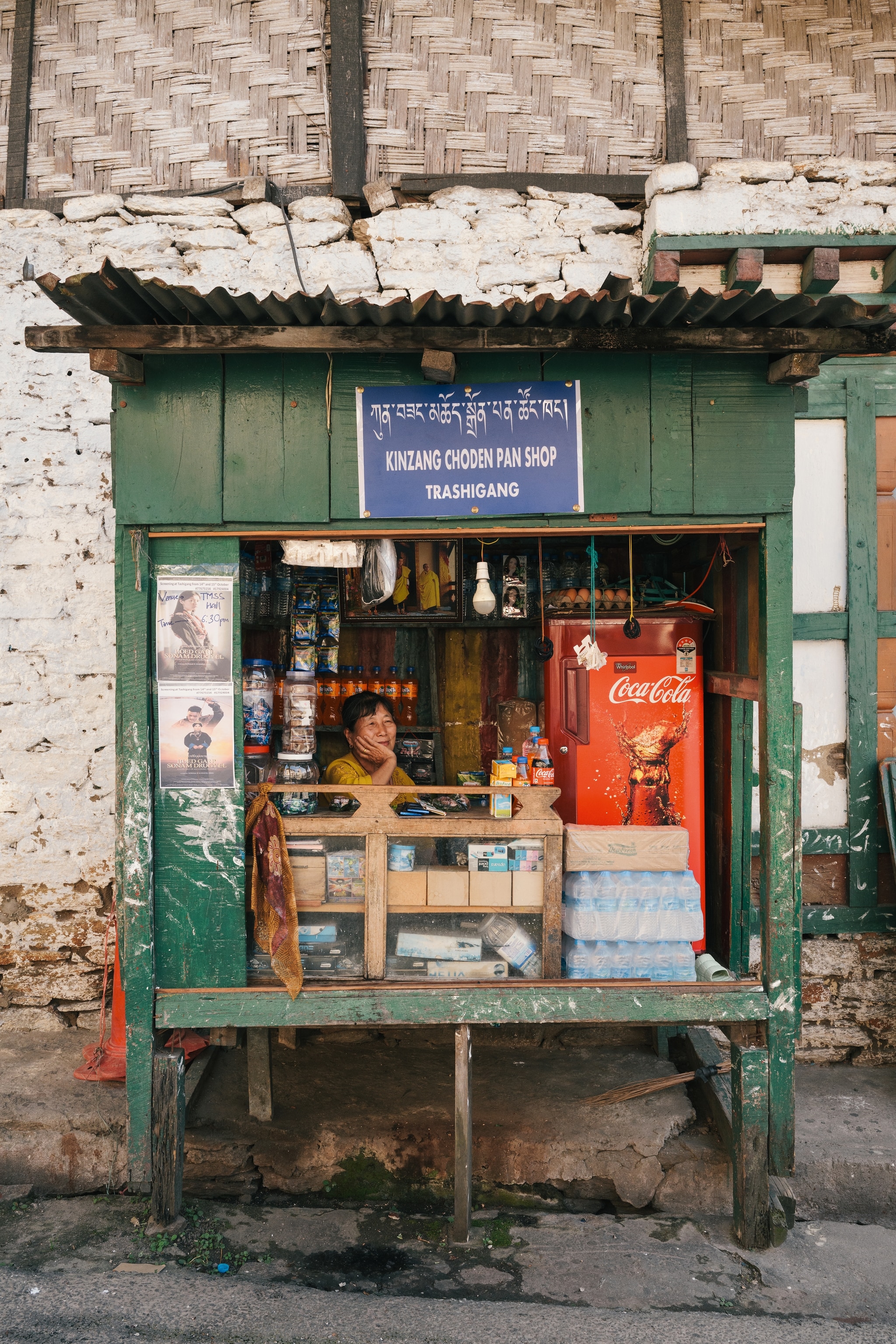
Photograph by Matt Dutile
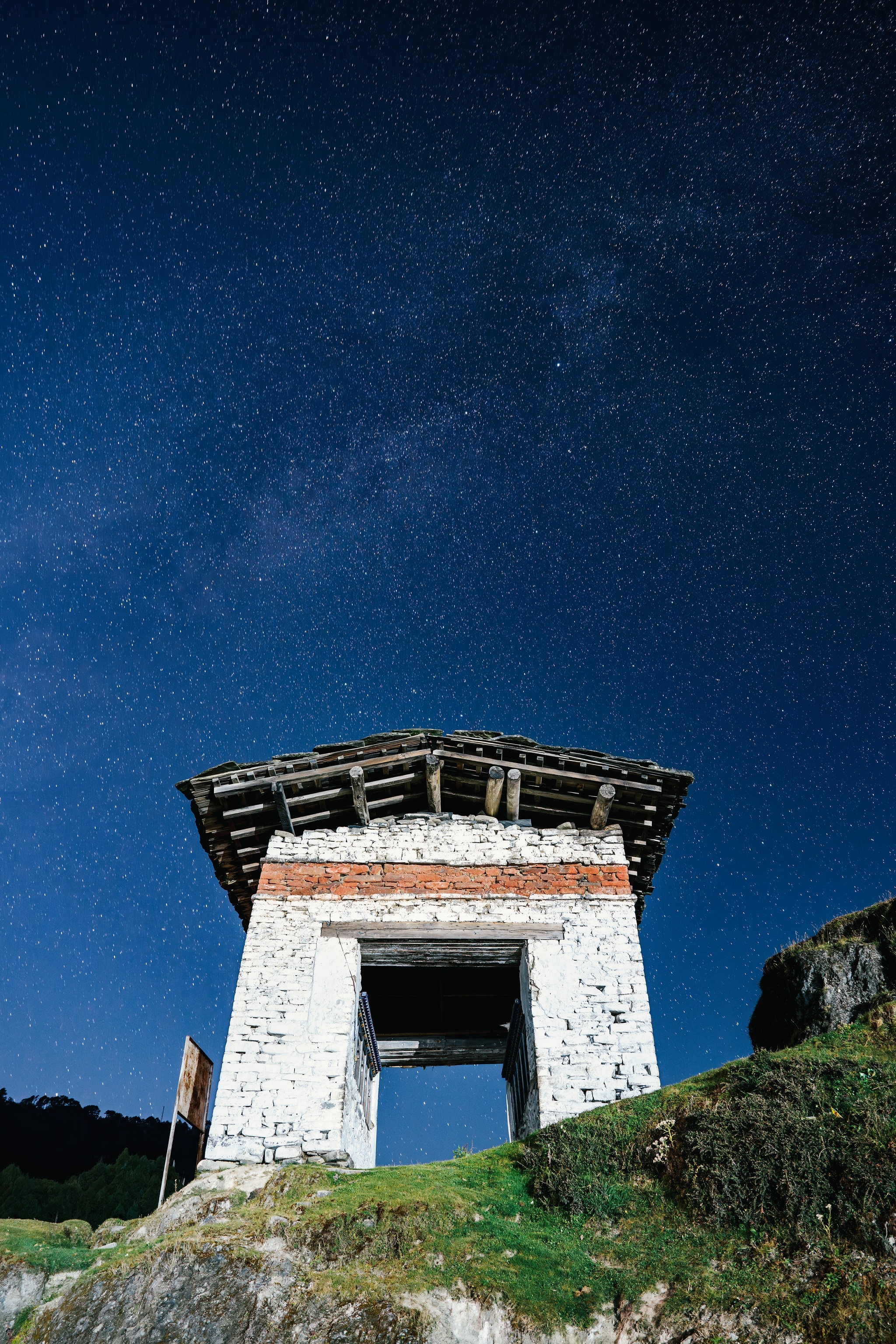
Photograph by Matt Dutile
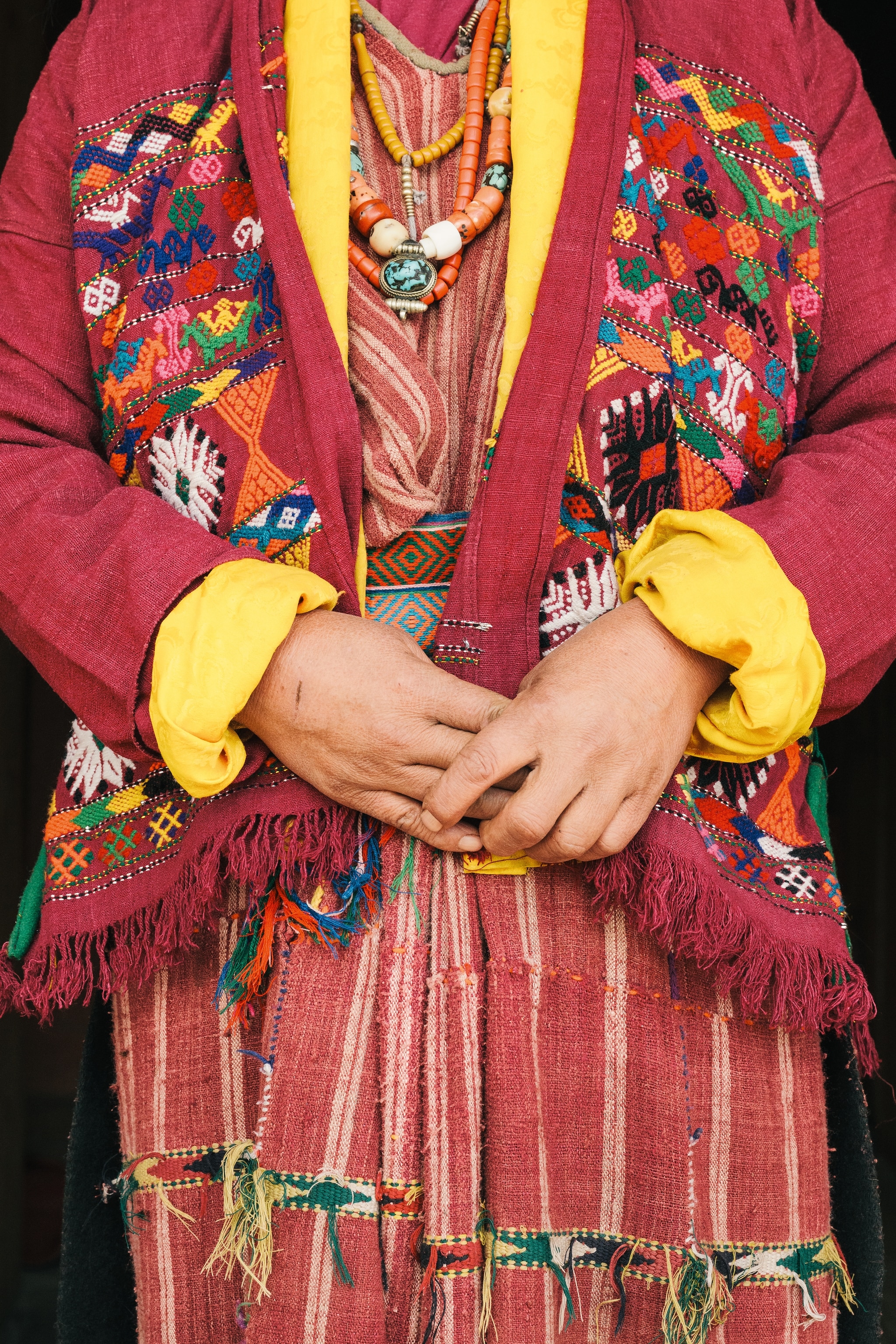
Photograph by Matt Dutile
Published in the April 2024 issue of National Geographic Traveller (UK).
To subscribe to National Geographic Traveller (UK) magazine click here. (Available in select countries only).
To subscribe to National Geographic Traveller (UK) magazine click here. (Available in select countries only).

